Exploring the financing options for a metal building can provide insight into the duration of loan terms available in this industry.
Financing a metal building is a practical way to manage costs, particularly for large-scale projects. The financing duration, however, can vary greatly depending on several factors such as the lender, the cost of the building, and your credit history.
Typically, lenders offer financing terms ranging from 5 to 20 years. A more in-depth look into these factors will provide a clearer understanding of how long you can finance your metal building, ensuring you make the most informed decision for your project.
Key takeaways:
- Metal buildings can be financed for 5 to 20 years.
- They can be used for residential, commercial, and agricultural purposes.
- Consider location, budget, and builders before starting the project.
- Financing options include equity-based loans, personal loans, and business loans.
- Down payments and credit scores affect loan terms and monthly payments.
What Is a Metal Building?
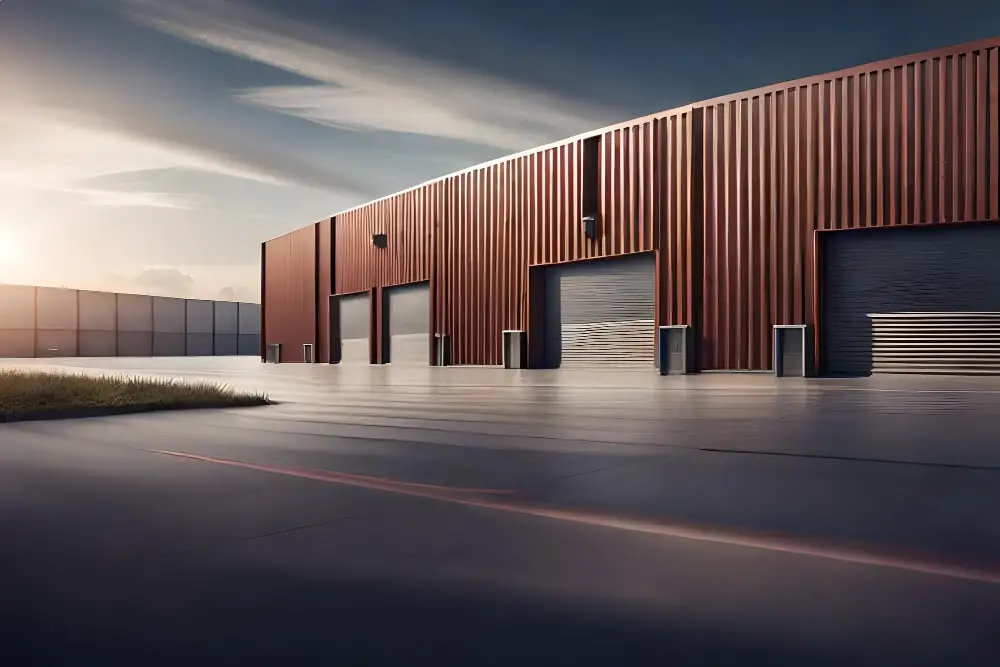
Metal buildings, as the term suggests, are primarily constructed from steel or other metals. These sturdy structures offer reliability and adaptability that traditional wood or concrete buildings might not. Diverse in design and function, they can serve numerous purposes, from residential houses, garages, and workshops, to commercial storefronts, manufacturing facilities, and even agricultural barns.
Four main reasons contribute to the increasing popularity of metal buildings:
- Longevity: With proper maintenance, these structures can last decades, resisting common issues such as rot, rust, and pest infestation.
- Versatility: Metal buildings can be customized to fit specific needs, whether it’s adding insulation for a comfortable living space or configuring the layout for efficient industrial use.
- Sustainability: Steel, the primary material used, is recyclable, making these buildings more eco-friendly than those constructed with traditional materials.
- Cost-Efficiency: Lower maintenance costs and longer lifespan contribute to the fiscal appeal of choosing a metal building over traditional alternatives.
These aspects of metal buildings make them a practical choice to consider for many, whether for personal or commercial purposes.
What Can I Use a Metal Building For?

Metal buildings offer versatile uses due to their strength, durability, and customizable styles. Here are some common applications:
1. Residential Homes: Metal buildings can be converted into attractive, modern and energy-efficient homes. These homes can be custom designed with flexible layouts to suit homeowners’ unique needs.
2. Commercial Spaces: Metal buildings are also ideal for retail stores, industrial units, restaurants, and even office spaces. They allow businesses to expand cost-effectively, with lower maintenance than traditional buildings.
3. Agricultural Structures: They are also perfect for agricultural purposes, serving as barns, storage facilities, or livestock shelters. They provide a reliable and affordable solution for farmers and agriculturists.
4. Garages and Workshops: For individuals needing a safe space to store vehicles or work on projects, metal buildings could be the answer. They provide a high level of security, are resistant to weather and are easily customizable.
5. Storage Units: Their strong and durable nature makes metal buildings excellent for safekeeping valuable items. They can be outfitted with various security features, ensuring the safety of stored goods.
6. Recreational Facilities: Metal buildings can house community centers, indoor sports arenas, or even gym facilities providing a resilient and aesthetically pleasing environment.
Before You Start Your Project: Evaluate and Plan
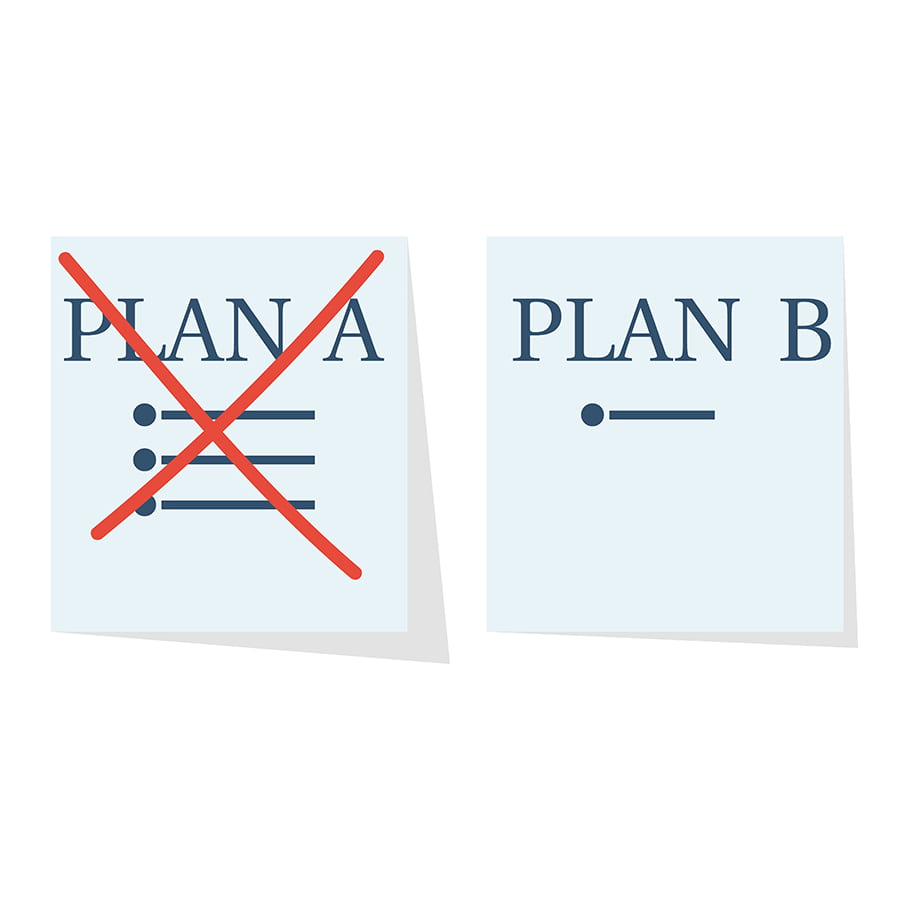
To seamlessly navigate through your metal building project, meticulous planning and comprehensive evaluation are essential. Initially, consider the ultimate purpose of your constructed property; is it for warehouse operation, hobby shop, or residential utilization? By identifying your building’s function, you can estimate size requirements, foresee potential zoning restrictions, and anticipate the necessary permits.
Your property’s location influences the overall cost, with urban settings typically attracting higher prices due to stringent codes and laws. Recognize that geographical factors such as seismic activity, wind speed, and heavy snowfall can impact the building’s design.
Financial preparation is key. Create a realistic budget accounting for additional costs like land acquisition, utility setup, site preparation, and any necessary professional services like architects or contractors. Accurate cost projections ensure that you seek appropriate financing for your needs. Always have a contingency fund to cover unforeseen expenses.
Lastly, conduct a thorough assessment of local builders in your area. Consider their reputation, past projects, level of expertise, and overall reliability. Opting for quality craftsmanship safeguards your investment and offers value for money in the long term.
How Long Can You Finance a Metal Building?

Typically, a metal building can be financed from anywhere between 5 to 20 years. This duration depends on a number of key factors such as the terms of the loan, the amount loaned, the lender’s policy, and your creditworthiness.
Each loan type, be it home improvement loans, steel building financing options, or construction-to-permanent loans, comes with its unique repayment period. While shorter finance durations generally result in lower costs of borrowing, longer periods offer the convenience of reduced monthly payments.
Additionally, lenders often consider the intended use of the building – be it residential, commercial, or agricultural – when determining the loan’s lifespan. It’s essential to explore various financing options to secure terms that suit individual financial situations.
Types of Loans for Metal Buildings
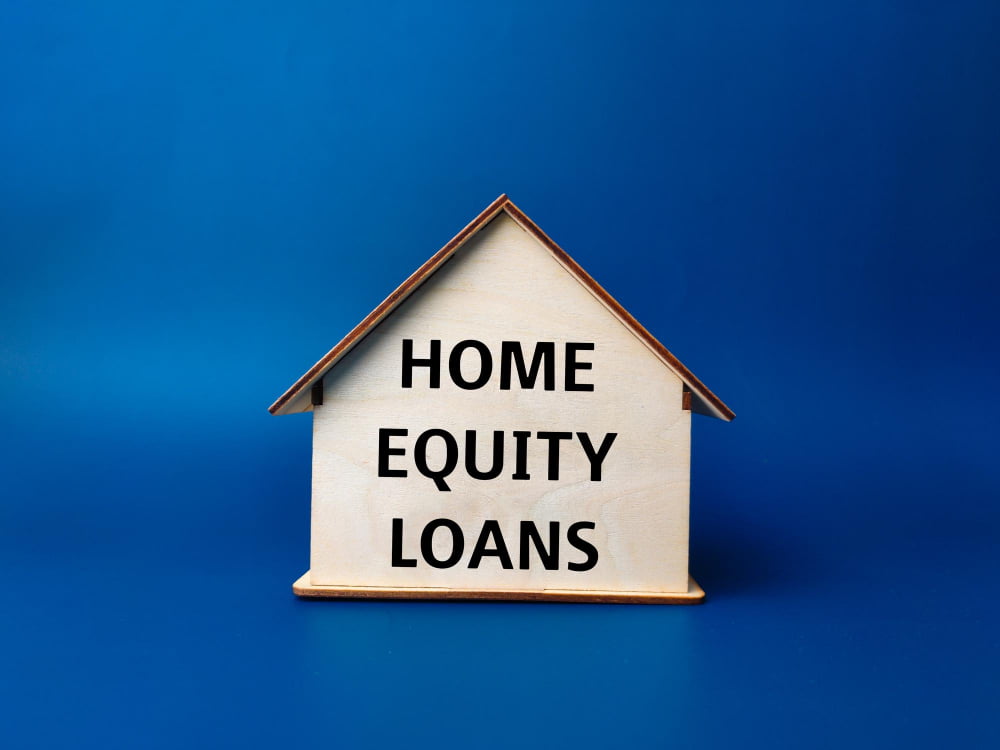
Equity-based loans function on the basis of the equity value of a property. If the owner can provide significant equity as a part of the deal, these become an excellent financing option. Typically, these loans have lower interest rates, making their repayment less burdensome.
In contrast, personal loans are usually unsecured, meaning no collateral is required. The eligibility for these is determined mainly by the borrower’s creditworthiness and capacity to repay. It’s important to note that the interest rates may be slightly higher.
For businesses looking to finance metal buildings, business loans are a viable option. These loans can be customized to meet the needs of business operations and provide substantial amounts based on business solvency.
Construction loans offer another alternative. These are short-term loans used to finance the cost of constructing or renovating a building. Once construction is complete, one can convert these loans into a mortgage or repay them in full. A key advantage of these loans is that they allow staggered disbursements, matching the gradual nature of construction timelines.
Lastly, traditional mortgages can be used for financing existing metal buildings. The standard terms apply – the loan must be repaid over a predetermined period, and the property remains as collateral.
It’s crucial to understand these options and weigh their pros and cons based on individual financial circumstances and needs.
Home Improvement Loans
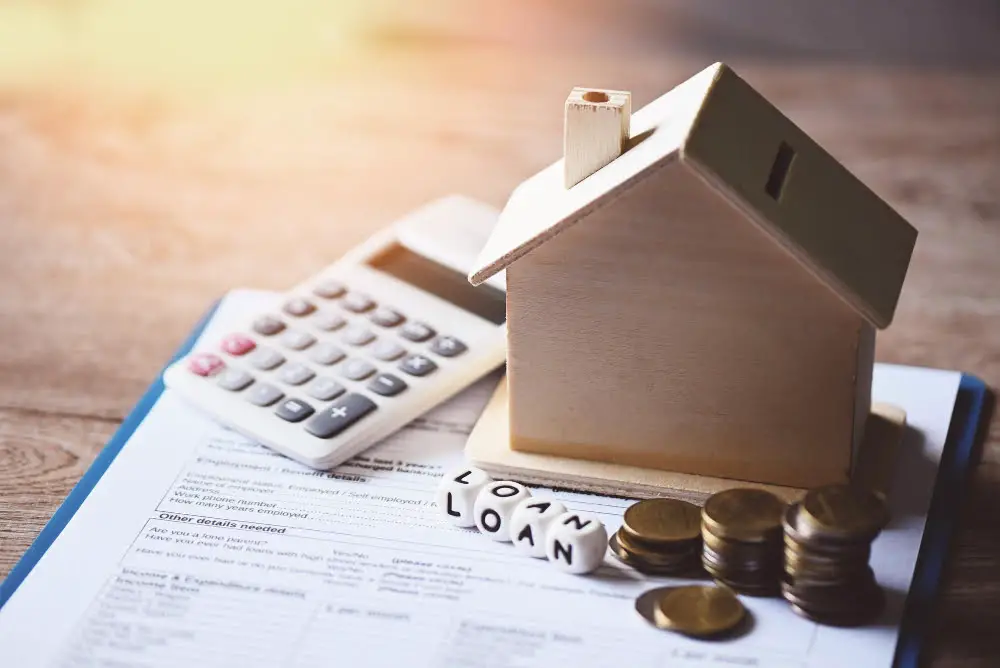
With a home improvement loan, your metal building construction project can swiftly progress, regardless if it’s a residential, commercial, or industrial endeavor. These loans are simply personal loans that lenders designate specifically for home improvements, including metal buildings.
This can be advantageous for several reasons:
- Flexibility: These loans can finance any part of your project, from the initial plotting to the final touches.
- Variety of Lenders: Many different financial institutions, like banks, credit unions, and online lenders, offer these types of loans, giving you a wide range of options.
- Repayment Period: Unlike credit cards, home improvement loans often provide a longer duration – typically up to seven years – to repay the loan, with smaller monthly payments.
- Interest Rates: Generally, these loans come with lower interest rates compared to credit cards, although your rate will depend significantly on your credit score and financial health.
Remember, while home improvement loans provide a reasonably straightforward way to borrow, taking the time to compare options and find the best terms is critical. The crucial factor is to ensure your proposed project will add value to your property, and the cost of financing doesn’t outweigh your return on investment.
Steel Building Financing Options

Several providers offer unique financing solutions tailored specifically for steel buildings. The options can be broadly classified into two categories: traditional and non-traditional financing.
Traditional Financing Options: These include banks, credit unions, and mortgage companies. They might require a substantial down payment, usually from 20% to 25% of the total cost. It’s important to note that these institutions usually demand a comprehensive construction plan and excellent credit history.
Non-traditional Financing Options: These involve online lenders, private financiers, and steel building manufacturers that offer in-house financing. They typically allow for smaller down payments, extending loans even to individuals with less than perfect credit scores. Interest rates can be higher, but the application and approval processes are generally swift and less demanding.
Manufacturer Financing: Certain steel building manufacturers offer flexible financing plans with competitive interest rates. These could sometimes be the best option, specifically for smaller projects. Manufacturers can also provide design and construction assistance, which can be quite beneficial for first-time builders.
Remember, each financing option comes with its attributes – some might have higher interest rates but quicker approval times, while others might demand lower rates but strict eligibility criteria. Thus, ensure to thoroughly evaluate each option against your specific needs and financial capabilities.
Construction-to-permanent Loan Providers for Your Metal Building

Direct lenders, credit unions, and local banks may provide you with the financial aid you need for metal buildings via construction-to-permanent loans. These dual purpose loans combine the cost of construction and mortgage into one. You’re only required to pay interest during the construction phase. Once completed, the loan moves seamlessly into a standard mortgage plan, providing a major convenience advantage.
Remember, many lenders require at least a 20% down payment for these loans, and they often demand stringent credit checks. It’s helpful to shop around and compare various lender rates and terms to secure the most favorable agreement.
The U.S. Small Business Administration (SBA) also offers a specific program for real estate or construction businesses called the CDC/504 loan program. It provides a long-term, fixed-rate financing option for the acquisition, construction or improvement of capital assets like land or buildings.
Banks That Finance Metal Buildings

When it comes to financing your metal building project, several banks can provide the necessary funds. These financial institutions offer different types of loans suitable for this specific purpose.
Numerous banks provide commercial real estate loans designed to finance the construction of structures such as metal buildings. These loans often cover a significant portion of the construction costs while ensuring that the borrower repays the amount, typically over a period of 20 years.
Some banks specialize in offering acquisition and development loans. These are particularly suited to metal building projects as they cover both the cost of acquiring land and constructing the building.
SBA loans are another option, with banks working in collaboration with the Small Business Administration to offer these loans. These are ideal for small business owners looking to finance a metal building project.
Banks also offer construction-to-permanent loans. These combine the cost of the construction and mortgage into one single loan, enabling the borrower to transition effortlessly from the construction phase to ownership.
Keep in mind, different banks have different lending criteria. Thus, it’s crucial to examine the loan options each bank offers and their respective requirements before settling for the one that best matches your financial need and repayment ability.
Agricultural and Rural Property Financing
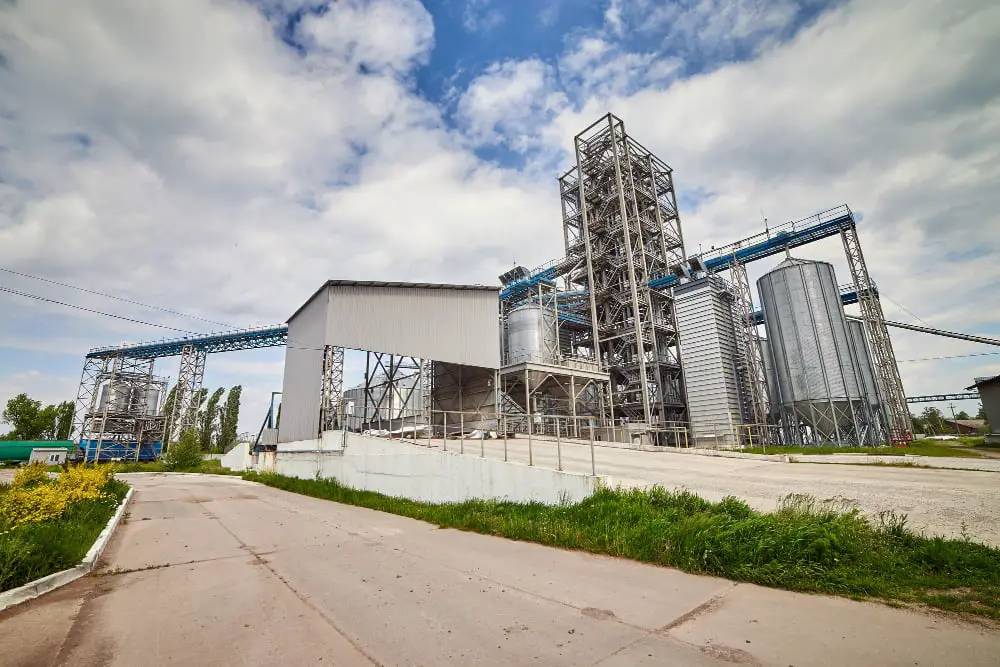
Financing for agricultural and rural properties often has unique parameters compared to typical residential or commercial property lending. It takes into account the potential agricultural use of the property, its location, and size.
USDA Rural Development loans are one of the most familiar options. They come with the advantage of zero down payment and can finance up to 100% of a project. The interest rate is fixed and can be as low as 1%, depending on the borrower’s income. It’s also worth noting that these types of loans have longer repayment periods which can ease the burden of installments.
Farm Credit System institutions, like Farm Credit East or American AgCredit, are also worth researching. These lender cooperatives specialize in serving rural communities and understand the intricacies of financing metal buildings for agricultural or rural use.
Also relevant are local credit unions and community banks that especially serve rural areas. They tend to offer more personalized services and may provide favorable lending terms for locals involved in agriculture.
A critical point to remember is the necessity of meeting eligibility requirements to qualify for these loans. Add to that the importance of shopping around and comparing loan terms to find the best match for your specific needs.
Possible Lenders for Agricultural and Rural Property Financing

There are several notable lenders that primarily focus on agricultural and rural property financing. One of them is Farm Credit Services, which includes a network of customer-owned financial institutions that provide loans specifically for farm and ranch properties.
Also noteworthy is the United States Department of Agriculture (USDA), through their Rural Development Loan programme, they offer two loans types for agricultural businesses and rural property owners; the Single Family Housing Direct Home Loans and Guaranteed Loans.
Additionally, Agri-Access, a division of American financial group, lends to agricultural businesses and rural property owners. They offer a wide range of loan products tailored to the specifics of each project.
Lastly, there’s Greenstone Farm Credit Services, a part of the nationwide Farm Credit System, it provides financing and leasing services for rural homeowners in Michigan and Northeast Wisconsin.
Remember, each lender has different terms and conditions, and interest rates can vary widely. In-depth research about each lending institution will ensure you find the most suitable option for your metal building project.
Steps to Apply for a Metal Building Loan

To embark on the process, there are several steps you need to follow:
1. Evaluate your needs: Determine the purpose of the metal building. This could range from commercial, residential, agricultural, or leisure. Therefore, understanding your needs will help you decide on the size and features of the building.
2. Establish a Budget: Identify what you can afford, factoring in the cost of land, construction, and any additional modifications like interior build-outs or landscaping.
3. Credit Check: Review your credit history which will impact the interest rate and terms of the loan. An impressive credit report may attract better financing terms.
4. Loan Research: Identify potential lenders and research their policies, rates, terms and requirements.
5. Collect Necessary Documents: This will typically include tax returns, details of income, bank statements, details of existing debts, and potentially estimates or quotes for the building construction.
6. Submit Application: Once the documents are ready, submit your application. Ensure all requested information is accurately provided to avoid delays.
7. Await Approval: Upon submission, your application will be under review. If approved, your lender will provide the loan terms, including interest rate and payment schedule.
Remember, preparation is key. A well-laid plan can ensure a smooth and successful loan application process for your metal building.
Determining the Cost of Construction Loans
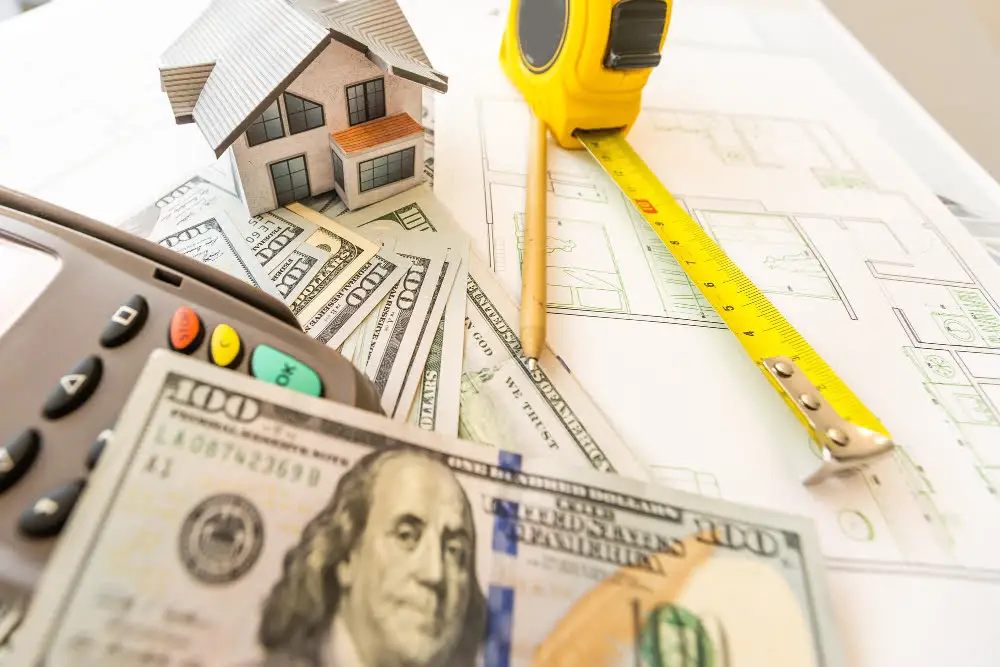
Cost analysis for construction loans invariably involves several key factors. Firstly, you need to account for the principal amount, which refers to the actual money you’re borrowing for your project. Securing accurate quotes from multiple reputable contractors can help ascertain a more precise estimate.
Next, it’s essential to consider the interest rate, which will be based on market trends and your creditworthiness. Bear in mind, rates may vary between lenders, so thoroughly research and compare your options for the best possible deal.
Loan origination fees, another aspect to consider, are charged by lenders for processing the loan. This amount typically ranges between 0.5% to 1% of the loan value and can significantly impact the total cost?
Finally, take note of any potential ‘hidden costs’. These can include appraisal fees, inspection costs, or additional expenses that may be incurred, such as for unforeseen contingencies during construction. Hence, it’s always prudent to keep an extra buffer in your budget for those unexpected expenses.
By assessing these factors collectively, you’ll gain a clear picture of the construction loan’s overall cost.
Understanding the Role of Credit Score in Financing

Strong credit is a key factor lenders use to determine loan terms. Here are some ways to understand how credit score plays a role in financing your metal building:
1. Higher credit scores typically lead to lower interest rates, reducing the amount you’ll pay over the life of the loan.
2. A strong credit score increases the likelihood of loan approval. Lenders see borrowers with high scores as less risky, fostering confidence in their ability to repay the loan.
3. Credit scores can influence down payment requirements. A high credit score may minimize the necessary down payment, making it easier to commence the project promptly.
Exercise credit responsibility by making all payments punctually and maintaining low balances on credit cards. Regularly check your credit report to ensure correctness. Taking these steps can optimize your financing opportunities when you’re ready to start your metal building project.
Exploring the Effects of Interest Rates On Loan Length

Interest rates are integral to any loan agreement, influencing both the length of the loan and the overall cost. Key factors affecting interest rates include market conditions, lenders’ policies, and your creditworthiness.
High interest rates increase your monthly payments and the total repayment amount, potentially lengthening the loan term if you can’t afford higher payments.
Conversely, loans with low interest rates typically have lower monthly payments and can be paid off sooner if extra payments are made.
Interest rates can either be fixed or variable. Fixed rates stay the same over the life of the loan, making them predictable and easier to budget for. On the other hand, variable rates can fluctuate in line with market conditions, making them less predictable.
The state of the economy also influences interest rates. During periods of economic growth, rates usually rise, and vice versa.
Lastly, your credit rating is another determining factor. Borrowers with excellent credit scores generally qualify for loans with low interest rates, while those with poor credit scores are often subjected to higher rates due to the perceived risk.
The effects of interest rates on loans’ length, though often overlooked, make a significant difference in the final cost of your metal building. It’s essential to understand these dynamics to strive for the most advantageous terms for your project.
Identifying Additional Costs and Fees Associated With Financing
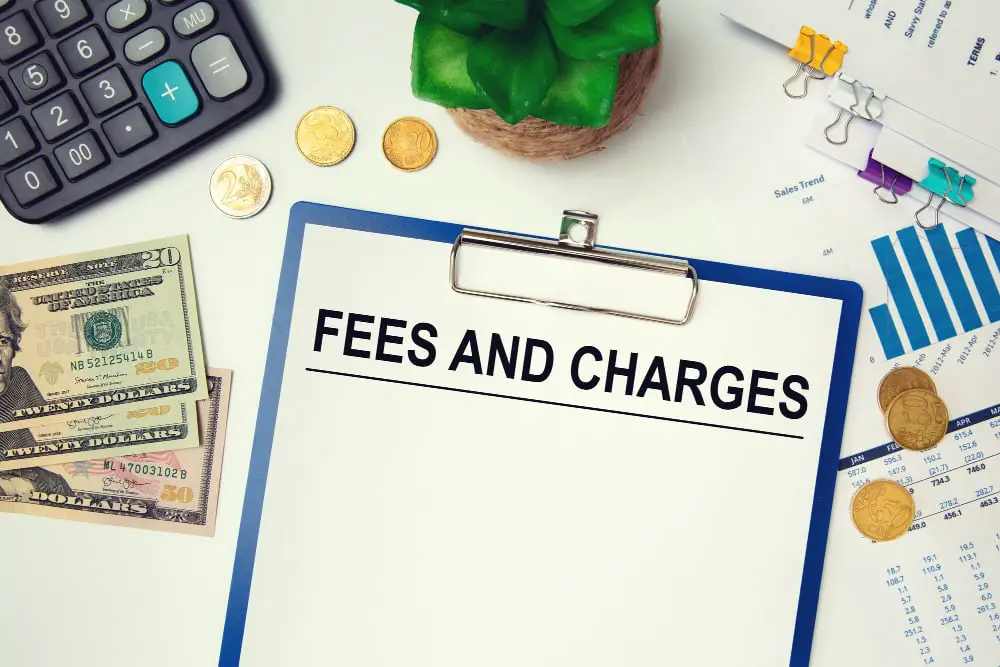
Additional costs are inevitable when financing a metal building. The most common is the origination fee, a small percentage of the loan amount charged by the lender for processing the loan.
Another significant cost is the appraisal fee — a mandatory cost to assess the value of your property. This is important for the lender to gauge the risk associated with your loan.
Likewise, be aware of closing costs, which include a variety of fees incurred during the loan closing process, like attorney fees, title service costs, and recording costs.
Insurance, too, is a necessary expense to protect your investment from accidental damage or natural disasters and is often a requirement for loan approval.
Lastly, factor in the cost of building permits, as these are essential for legal construction practices. Be sure to anticipate these costs to avoid any unexpected expenditure during the construction process.
How Loan Terms Affect Monthly Payments

A loan term’s length, simply put, dictates the duration over which the borrowed amount is to be repaid, and palpably influences your monthly payments. A short-term loan, typically 5 to 10 years, often comes with higher monthly payments. You’re required to return the loaned amount within a shorter time span, resulting in larger sums due each month.
On the flip side, extending your loan term, say to 15 or 20 years, equates to lower monthly payments, since the repayment period is spread over a longer time. However, this consequently implies a gradual crawl towards the payoff, potentially carrying higher overall interest costs.
Another noteworthy aspect is the rate of interest. A fixed-rate loan locks in your interest rate throughout the loan tenure, ensuring steady, predictable monthly payments. Conversely, a variable-rate loan, although initially lower, tends to fluctuate in tandem with market rates making the monthly payments inconsistent.
Lastly, the loan type can play a role. For instance, interest-only loans dampen your monthly payment initially by allowing repayment of just the interest. However, the payments escalate once the repayment of the principal amount starts. It’s essential to consider these factors to concoct a loan package that accurately aligns with your financial capacity and goals.
Understanding Variable Versus Fixed-rate Financing

In fixed-rate financing, the interest rate remains constant over the life of the loan. This provides predictability in monthly payments, shielding you from market fluctuations. However, if interest rates fall significantly, you could end up paying more than necessary.
On the contrary, variable-rate financing features an interest rate that can change over time. This rate fluctuates in correlation with the market interest rate. Initially, these rates can be lower than fixed rates, making variable loans appealing. Yet, they carry a higher risk level due to potential increases in payments if market rates rise.
The choice between these financing options largely depends on your financial stability, your risk tolerance, and market conditions at the time of closing. It’s essential to thoroughly evaluate both options and consider the long-term implications on your financial situation before deciding.
How Down Payments Influence Finance Terms
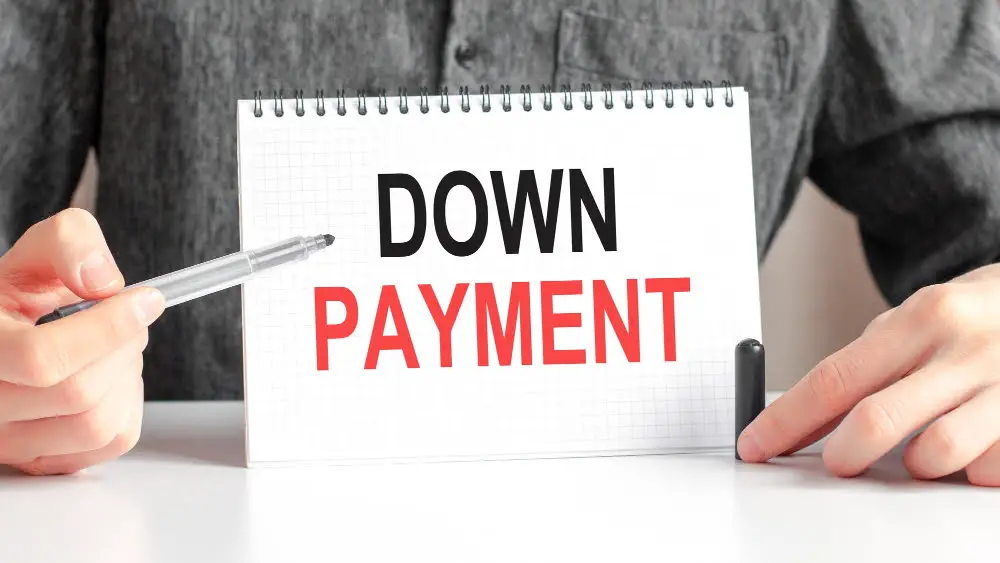
In the financing world, the down payment is your initial investment in the project, it sets the stage for the terms to follow. A higher down payment often leads to more favorable finance terms.
1. Lower Monthly Payment: A substantial down payment reduces the amount you need to borrow, which in turn lowers your monthly payment.
2. Reduced Interest Rates: Lenders might offer better interest rates if you demonstrate your financial commitment to the project through a high down payment. This can considerably reduce the total cost over the term.
3. Shorter Loan Term: With a significant down payment, you’re capable of paying off the loan quicker, leading to a shorter loan term.
4. Increased Loan Approval Chances: Lenders perceive a larger down payment as a decrease in risk, increasing your odds of obtaining financing.
Thus, when planning financing, consider your ability to put down a substantial amount upfront – it could significantly influence the terms of your loan.
Assessing the Implications of Prepayment Penalties

Prepayment penalties can significantly influence your financial plan when paying off a metal building loan ahead of schedule. These fees are potential charges you may face for clearing your loan before the agreed end date. Here’s why and how they matter:
1. Encourage Loan Commitment: Lenders include these fees in contracts to ensure borrowers stick to the agreed repayment plan. This way, they secure their returns over the guaranteed loan period, giving them a predictable income stream.
2. Varying Charges: Not all lenders charge a prepayment penalty, while others tailor fees depending on how early the loan is settled. For instance, paying off a 15-year loan in 10 years might incur a higher penalty than completing repayment in 14 years.
3. Affects Refinancing Decisions: Weighing the benefits of refinancing against possible prepayment penalties is crucial. Sometimes, the charges for early payoff may outweigh the advantages of a new loan with more favourable terms.
Remember, it’s essential to look at the prepayment clause of your loan agreement when assessing the implications of prepayment penalties. With this knowledge, you can make informed decisions on whether to accelerate your payments or adhere to the original financing terms.
Options for Refinancing a Metal Building Loan

Refinancing a metal building loan offers the opportunity to possibly reduce your interest rate or alter your loan term, which can ultimately result in significant savings. Here are some key points to consider:
- 1. Determine Your Goals: Decide if you intend to reduce the loan term, lower your interest, or perhaps adjust both.
- 2. Shop Around: Different lenders offer varying refinancing rates and conditions. It’s advisable to compare these terms and find the most suitable option for you.
- 3. Analyze Costs: Keep in mind that refinancing might involve certain expenses. These could include appraisal fees, origination fees, and closing costs. Ensure the savings outweigh the costs.
- 4. Check Your Credit Score: A strong credit rating can render you more eligible for attractive refinancing deals.
- 5. Fixed Vs. Variable Rates: Fixed rates offer security with constant interest rates over the loan’s lifespan. In contrast, a variable-rate loan keeps your interest repayable at par with market fluctuations.
Remember, it’s essential to assess your financial situation thoroughly before deciding to refinance. Understanding all the variables associated with refinancing will enable you to obtain the best results.
FAQ
Are metal buildings a good investment?
Yes, metal buildings are a good investment due to their cost-effectiveness and shorter construction time, which results in an early return on investment and increases your property’s market value.
How long does it take to erect a metal building?
The duration to erect a metal building can range from a few hours or days for a small building with a small team, to a week for a large building with a medium to large-sized team, depending on various unique factors.
How do you finance a new building?
Financing a new building involves applying for a single-closing, construction-to-permanent FHA loan, which covers the cost of construction and converts to a traditional FHA mortgage once the building is complete.
What factors contribute to the cost of constructing a metal building?
The cost of constructing a metal building is influenced by factors such as the size of the building, type and grade of metal used, complexity of design, location, and labor costs.
Can pre-engineered metal buildings be customized to specific design preferences?
Yes, pre-engineered metal buildings can be customized based on specific design preferences.
What maintenance requirements are necessary for preserving a metal building’s longevity?
For preserving a metal building’s longevity, regular maintenance activities are required, which include inspecting for signs of rust and corrosion, ensuring proper drainage, cleaning the exterior, and checking the structural components regularly for any damage.
Recap




